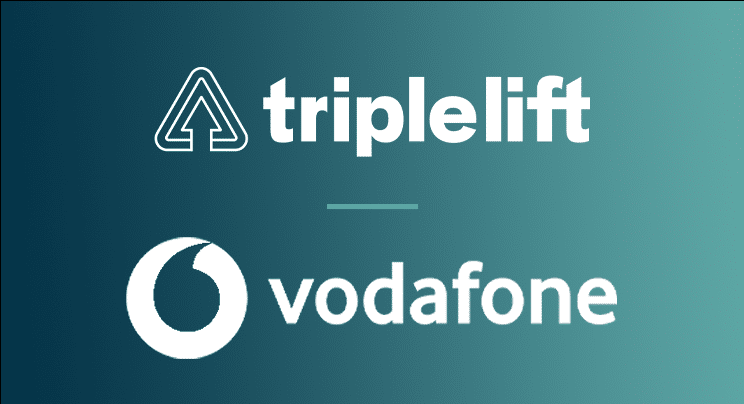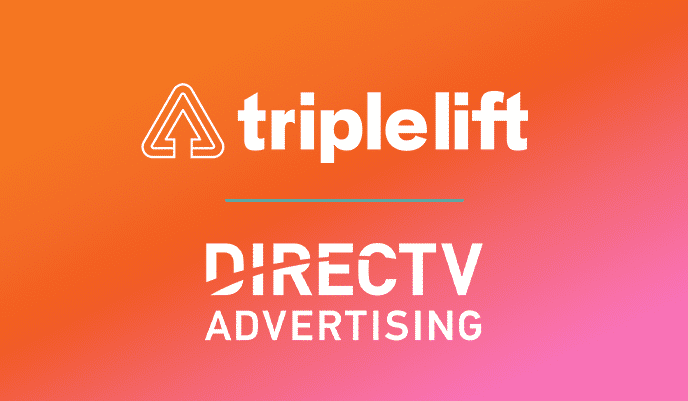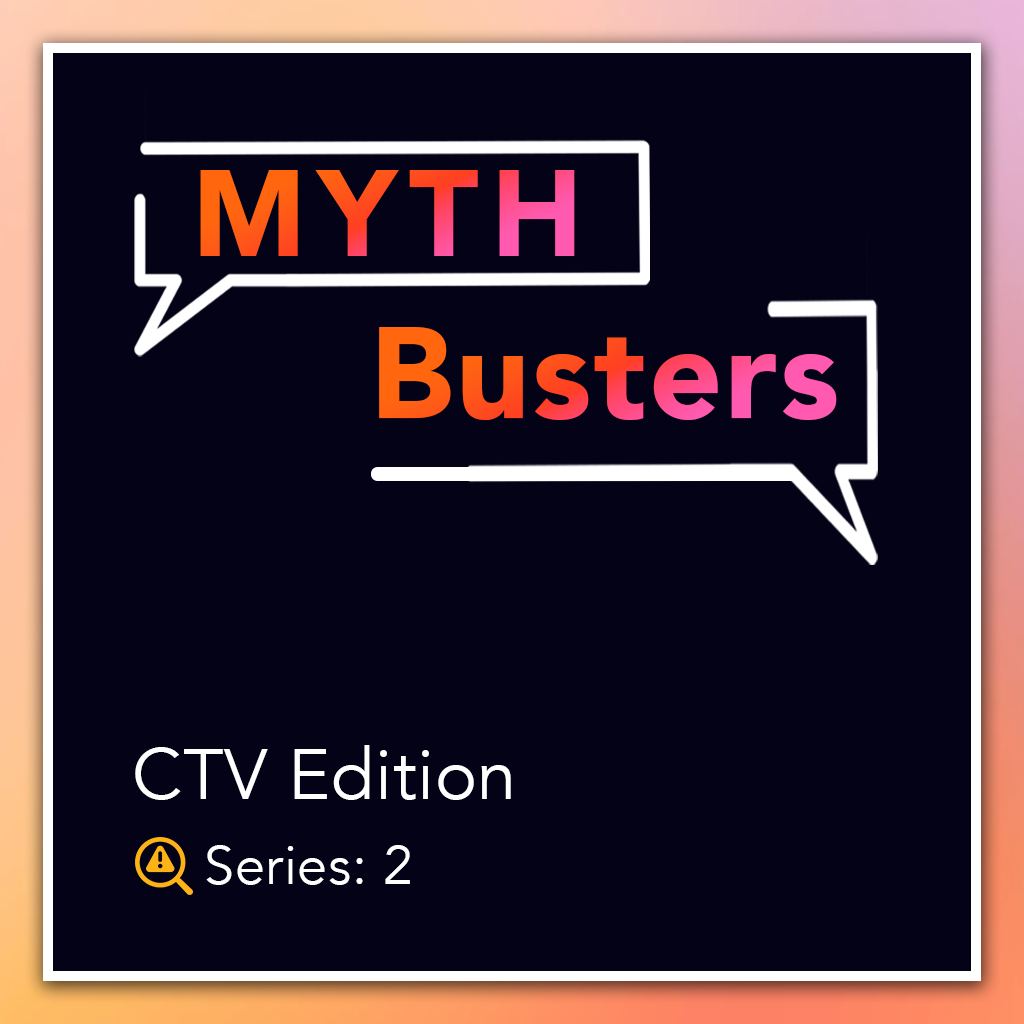Authored by: Andrea Ravikumar, Senior Manager, Product Research at TripleLift and Jill Patel, Product Marketing Coordinator for CTV at TripleLift
This is the second entry in TripleLift’s three-part CTV Myth Busters series. Read more from Part 1 of the series – How Advertisers Can Stay on Top with the Expansion of CTV .
Fact or Fiction?: Fraud in CTV is Preventable. FACT!
Just like any new ad format, CTV fraudsters are working overtime to keep up with the increase in viewer consumption and inventing new ways to spoof advertisers. Due to a lack of standardization with measurement, data and reporting, and transparency standards, digital ad fraud schemes spiked by 70% between 2020 and 2021 – leading to a $140 million dollars of ad spend waste in CTV alone. Tuning out fraud in CTV means advertisers need to be diligent and choose their partners wisely to ensure their impressions are being served accurately and efficiently
Should Advertisers be Concerned?
YES! But in a recent study, TripleLift found 49% of CTV buyers don’t consider fraud protection when choosing a CTV partner. And we get it – it is easy to throw your hands up and surrender to the fraudsters. But in order to efficiently prevent fraud, every player in the ad transaction process has to do their part. That starts with correcting a few misconceptions.
How Can Marketers Find the Safest Inventory?
Many advertisers believe that fraud in CTV doesn’t occur in private marketplaces (PMPs). 1 in 4 CTV buyers say purchasing directly from publishers and platforms through PMP/Programmatic Guarantee deals is the most effective method to prevent fraud. The thought is that since these exchanges are exclusive and host reputable publishers, there’s no way for fraudsters to attack. But unfortunately, PMPs aren’t immune to fraud and restricting spending to private deals only limits scale and increases CPMs. Fraudsters go where the money is, and as the industry has shifted to commit more spend to PMPs, fraud has followed.
That’s why it’s crucial to pick the right suite of advertising partners. They can offer useful tracking and reporting tools to flag and block specific sites from running your ads and protect brand safety. You can also help take the power back – by checking your site list to ensure ads are running on reputable sites and CPMs are within a reasonable range.
Who’s Responsible for Remediation to IVT?
When a large amount of Invalid Traffic (IVT) – impressions that are generated by bots or any form of nonhuman traffic – occurs, there is debate about who’s responsible for remediation. In TripleLift’s CTV buyer survey, 69% noted that SSPs aren’t accountable for fraud. Instead, they said the ad verification partner was on the hook for remedying spend on wasted impressions. Sounds great for TripleLift, right? Not so fast!
As mentioned before, every platform in the buying journey needs to take part in preventing fraud and verifying valid traffic, especially SSPs. An SSP is the supply source for impressions and should do the work to send quality bidding opportunities. A stellar SSP will have straightforward fraud prevention and an IVT protection strategy that their buyers and sellers understand and allows advertisers to feel more secure with their CTV buys.
What Should Advertisers Ask Their SSP?
Now that you’re more familiar with CTV ad fraud and the role an SSP can play, be sure to ask the following questions to understand your partner’s credentials:
- Supply Path Optimization (SPO): Is the SSP bidding directly with a publisher rather than a string of intermediaries? Do they understand the importance and benefits of SPO?
- Pre-Scanning: Is the inventory checked for signs of fraud before a bid is even made?
- Quality Inventory: Do they have an initiative or plan in place to prevent ads from being served on sites with misinformation or controversial content? No one wants their brand showing up next to a horror story.
By checking these boxes upfront, you’ll minimize fraud incidents and get the most out of your ad spend.
To learn more about CTV, download our white paper and check out our TripleLock CTV Promise.
Read our third and final entry in the series CTV’s Extra Credit – How Content Metadata Can Change the game.





